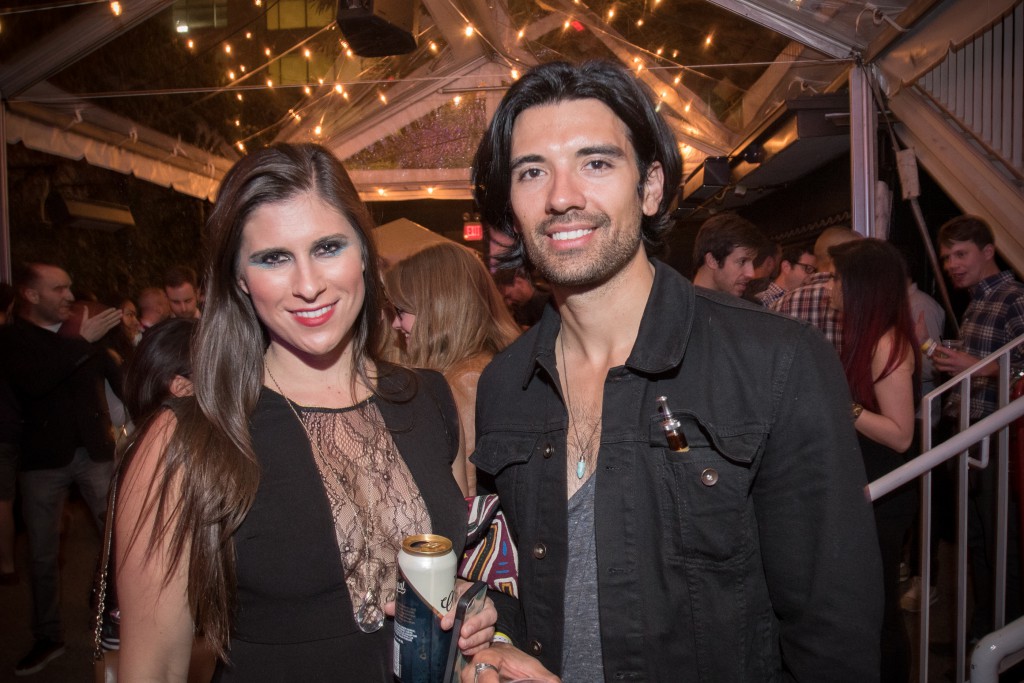Tips For Event Photography
Professionals know that event photography can be a fun gig but also a stressful one. Here are some essential tips for keeping the rewards up and the stress down.
1. Be friendly but professional.
You will need to be personable to capture candids of guests at an event. Introduce yourself and tell the attendee what the photos are for, and they will warm up to you. Remember that you are working and not partying. There’s nothing wrong with being friendly and social during an event shoot, but refrain from drinking and butting into conversations that aren’t yours. The former is a common mistake, even made by many wedding photographers. If you want to drink, do it after you’re done photographing and stash your gear away first.
2. Timing is essential, so wait for the shot.
When shooting candids, you must employ expert timing in order to get interesting images. If you don’t concentrate on capturing the right moment you could end up with a dozen photos of people blinking and staring blankly. With speakers, looks for a moment such as a person using body language or gesturing, especially right before or after they speak. Don’t overshoot and omit redundant photos while editing.
3. During speeches and performances, shoot like “a fly on the wall.”
Your job in these situations is to capture moments without distracting from them. If it’s a concert and you’ve been granted access to the stage, stay on the sidelines. If it’s a corporate summit, try to minimize moving back and forth in front of the stage. When up front, take a knee so you’re not standing out. Use a zoom lens in order to shoot from further back. Try and be a bit more discreet than the two photographers below, if possible.
4. When shooting indoors, use flash and diffuse it.
For professional event photography, you need a good flash. Don’t ever use the on-camera flash! The quality of light isn’t good and you can’t modify it, resulting in red eye and shadows. To further reduce red eye and shadows, bounce your flash off the ceiling. If the ceiling is high, try standing near a wall and bouncing upwards and against the wall.
5. Choose the right Autofocus Mode.
Research your camera’s autofocus modes and use the one that’s best for your subjects. This will come in handy with all sorts of other photography subjects. For moving subjects like people dancing or someone walking up to receive a certificate, try AF-C (Nikon) or AF Servo (Canon). This will allow your autofocus to track the moving subjects.




Expedia Austin Market Expo 2015 | Architecture & Real Estate Photography - Scott Mason / 2 December 2015 6:22
[…] Tips For Event Photography […]
Spray And Pray Photography | Architecture & Real Estate Photography - Scott Mason / 12 March 2016 12:13
[…] Before jumping into professional gigs, and start out as a secondary shooter at weddings or any event until you have plenty of experience and are comfortable running the […]
Take These 13 Essential Steps For A Successful Photography Business | Architecture & Real Estate Photography - Scott Mason / 27 July 2016 9:46
[…] Tips For Event Photography […]